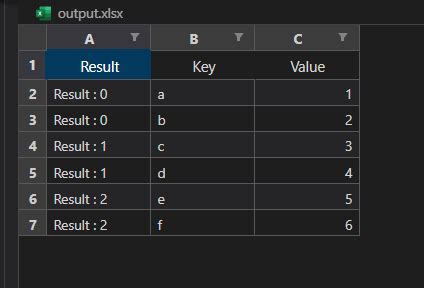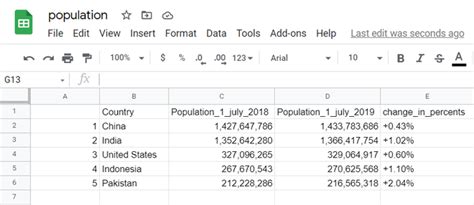Saving DataFrames to Excel without the index is a common task when working with pandas in Python. This can be particularly useful when you want to share data with others or when the index does not add meaningful information to your dataset. The pandas library provides a straightforward method to achieve this using the `to_excel` function.
Using the to_excel Function

The to_excel function in pandas allows you to write a DataFrame to an Excel file. By default, it includes the index of the DataFrame in the Excel file. However, you can easily exclude the index by setting the index parameter to False.
import pandas as pd
# Sample DataFrame
data = {'Name': ['John', 'Anna', 'Peter', 'Linda'],
'Age': [28, 24, 35, 32],
'City': ['New York', 'Paris', 'Berlin', 'London']}
df = pd.DataFrame(data)
# Save DataFrame to Excel without index
df.to_excel('example.xlsx', index=False)
Understanding the index=False Parameter
By setting index=False, you are telling pandas not to write row indices into the Excel file. This results in a cleaner output where only the data from your DataFrame is included in the Excel file.
| Name | Age | City |
|---|---|---|
| John | 28 | New York |
| Anna | 24 | Paris |
| Peter | 35 | Berlin |
| Linda | 32 | London |

Additional Parameters for Customization

Beyond excluding the index, the to_excel function offers several other parameters that allow you to customize how your DataFrame is saved to an Excel file. For example, you can specify the Excel file path, the sheet name, the starting cell for writing, and more.
# Saving to a specific sheet and starting cell
df.to_excel('example.xlsx', sheet_name='People', startrow=1, startcol=1, index=False)
Handling Errors and Exceptions
When working with file operations like saving to Excel, it’s essential to handle potential errors, such as permissions issues or file path errors. You can use try-except blocks to catch and manage these exceptions gracefully.
try:
df.to_excel('example.xlsx', index=False)
except Exception as e:
print(f"An error occurred: {e}")
Key Points
- Use the `to_excel` function to save a DataFrame to an Excel file.
- Set `index=False` to exclude the DataFrame's index from the Excel file.
- Customize the output by specifying parameters like `sheet_name`, `startrow`, and `startcol`.
- Always handle potential exceptions when performing file operations.
- Review your DataFrame before saving to ensure data integrity and correct formatting.
Conclusion
Saving DataFrames to Excel without the index is a straightforward process with pandas. By using the to_excel function with the index=False parameter, you can produce clean, index-free Excel files that are perfect for sharing or further analysis. Remember to explore the additional parameters and error handling practices to get the most out of this functionality.
How do I specify the file path for the Excel file?
+You can specify the file path by providing the full path as the first argument to the to_excel function, e.g., df.to_excel('/path/to/your/file.xlsx', index=False).
Can I save multiple DataFrames to the same Excel file but different sheets?
+Yes, you can use the ExcelWriter object from pandas to write multiple DataFrames to different sheets within the same Excel file. For example:
with pd.ExcelWriter(‘output.xlsx’) as writer:
df1.to_excel(writer, sheet_name=‘Sheet1’, index=False)
df2.to_excel(writer, sheet_name=‘Sheet2’, index=False)
